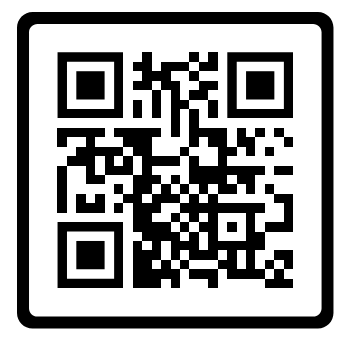Case Study: Streamlining Make-to-Order Operations with ERP and Ticketing System for an Advertising Printing Company in the UAE
Company Overview:
The company is a leading provider of advertising and event printing services in the UAE, catering to a dynamic market with high demand for customized, high-quality print products. With frequent orders requiring rapid turnarounds of one day or less, the company faced operational challenges in meeting customer expectations while maintaining production efficiency. Each order involves custom designs, mockups, and printing, making to an R&D project for every request. This increased the complexity of planning and scheduling, putting pressure on the company’s resources and impacting delivery timelines.
Challenges:
High Variability in Orders: The make-to-order nature of the business meant every order was unique, requiring custom designs and production processes, leading to frequent adjustments and rework.
Short Lead Times: With one-day lead times becoming the norm, the company struggled to balance speed and quality, often facing bottlenecks in production and delays in delivery.
Complex Production Planning: The constant influx of new designs and changing customer requirements made it difficult to create a standardized production plan, affecting resource allocation and scheduling.
Sourcing and Inventory Management: Handling materials and consumables for different print projects, many of which were ordered on short notice, posed challenges in managing inventory levels and meeting demand.
Coordination Across Teams: The need for close coordination between design, production, and procurement teams resulted in communication gaps and delays, further complicating the production process.
Lack of Departmental Collaboration: The company needed a unified system to handle collaboration between departments, including CRM, procurement, design, production, and logistics, to streamline the entire order fulfillment process.
Solution:
The consulting team implemented a comprehensive manufacturing planning solution using Lean principles and an ERP system, along with a robust ticketing system that enabled seamless collaboration across departments.
Advanced Production Planning and Back-Planning:
Implemented a manufacturing planning system to dynamically schedule and sequence production activities based on order priorities, lead times, and resource availability.
Developed a back-planning model that starts from the promised delivery date and works backward to schedule design, approval, and printing activities, ensuring all steps are completed within the desired timeframe.
Integrated real-time updates into the planning system, allowing for adjustments based on changing requirements or delays in earlier stages.
Implementation of a Ticketing System:
Deployed a centralized ticketing system that acted as a bridge between departments such as CRM, procurement, design, production, and logistics, ensuring smooth collaboration throughout the order lifecycle.
Each new order automatically generated a ticket, which was assigned to the appropriate department based on predefined workflows. The ticket contained all relevant information, including customer requirements, design specifications, material needs, and deadlines.
The ticketing system tracked the progress of each order, ensuring transparency and accountability for every task from initial customer inquiry to final delivery.
Standardized Processes and Workflow Optimization:
Standardized the design-to-print workflow to minimize variability and ensure consistent quality across different orders.
Created templates and guidelines for mockups and design approvals to streamline the R&D phase, reducing the time needed for customizations and iterations.
The ticketing system facilitated real-time updates and approvals, allowing teams to collaborate effectively and address any issues immediately.
Resource Optimization and Load Balancing:
Used ERP tools to monitor resource utilization and optimize machine scheduling, ensuring that production loads were balanced across available resources.
Implemented a priority-based scheduling system that automatically assigned resources to high-priority orders while minimizing disruptions to ongoing production.
The ticketing system enabled quick resource reallocation when needed, ensuring all departments were aligned to meet tight deadlines.
Enhanced Sourcing and Inventory Management:
Developed a demand forecasting model using historical order data to predict material needs and reduce the risk of stockouts or overstocking.
Implemented a Just-in-Time (JIT) inventory system to synchronize material procurement with production schedules, ensuring the availability of consumables for urgent orders without tying up excessive capital in inventory.
Cross-Team Collaboration and Communication:
The ticketing system acted as a communication hub, enabling real-time collaboration between design, production, and procurement teams.
Allowed for seamless sharing of updates, changes, and approvals, reducing delays caused by miscommunication or lack of visibility into project status.
Provided a clear audit trail for all interactions, helping teams identify and resolve issues more effectively.
Solutions
Transforming enterprises with next-gen IT services.
Consulting
Support
+971557708994
© 2024. All rights reserved.


